People love to compare things. Hand vs. machine, vintage vs. modern, fabric A vs. fabric B. It always feels like a little game.
And honestly? I love playing that game too.
So when one of my SewingInspo students asked me about the difference between machine smocking vs hand smocking.
She turned it into a whole new round of “spot the difference.” She was genuinely confused. Both looked pretty. But she couldn’t quite tell how to separate one from the other.
That’s when I started with the simplest way to tell them apart-
Smocked Vs Hand Smocked
Hand smocking gives a textured, detailed, and slightly irregular look full of character, while machine smocking looks more uniform, even, and elastic in appearance.
Her eyes lit up in that “ohhh, I get it now” way. But the curiosity didn’t stop there. She wanted to know more.
The history, the feel, the uses. That’s when I knew this wasn’t just a quick answer anymore. It deserved its own full section anymore. like mending machine vs sewing machine.
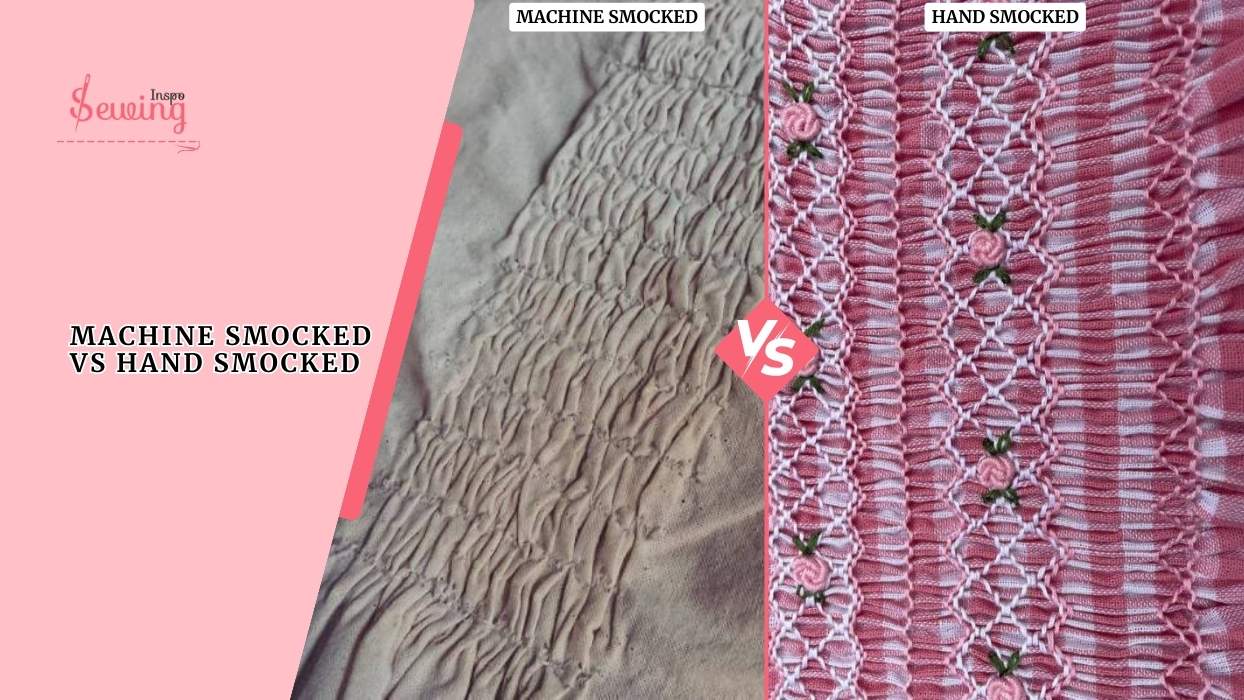
Table of Contents
What Is Smocked?
“Smocked” means fabric that’s been gathered by hand or machine into neat folds. It is patterned pleats that not only stretch but also add decoration.
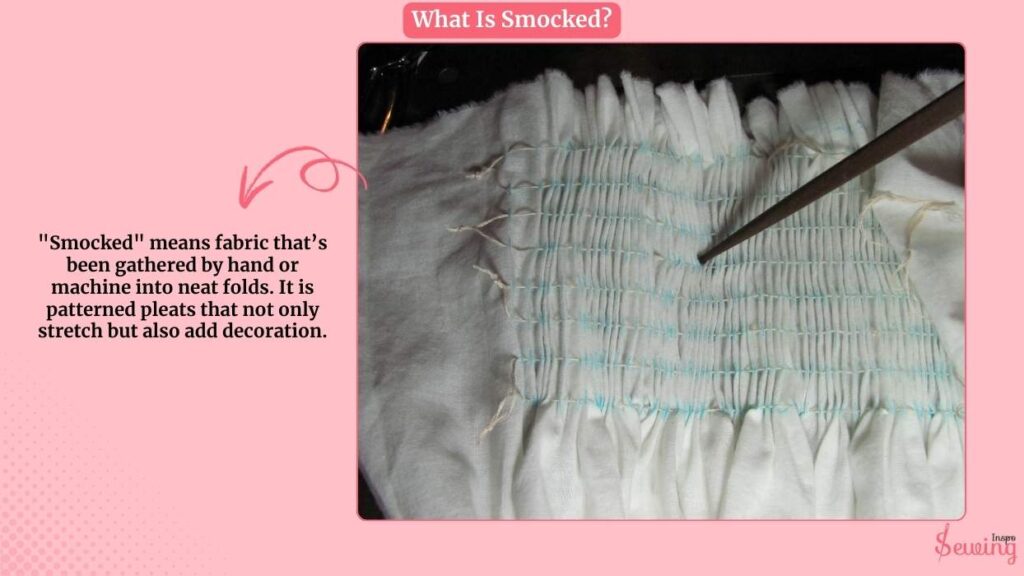
Smocking is a 300-year-old sewing technique. It was originally used to give garments a comfortable fit, and today it’s valued just as much for its beauty.

You’ll often see smocking in children’s clothing, but it also adds a unique, textured charm to blouses, dresses, and other adult fashion pieces.
What Are The Three Types Of Smocking?
The 3 main types of smocking are:
- Hand Smocking
- Machine Smocking
- Combination Smocking
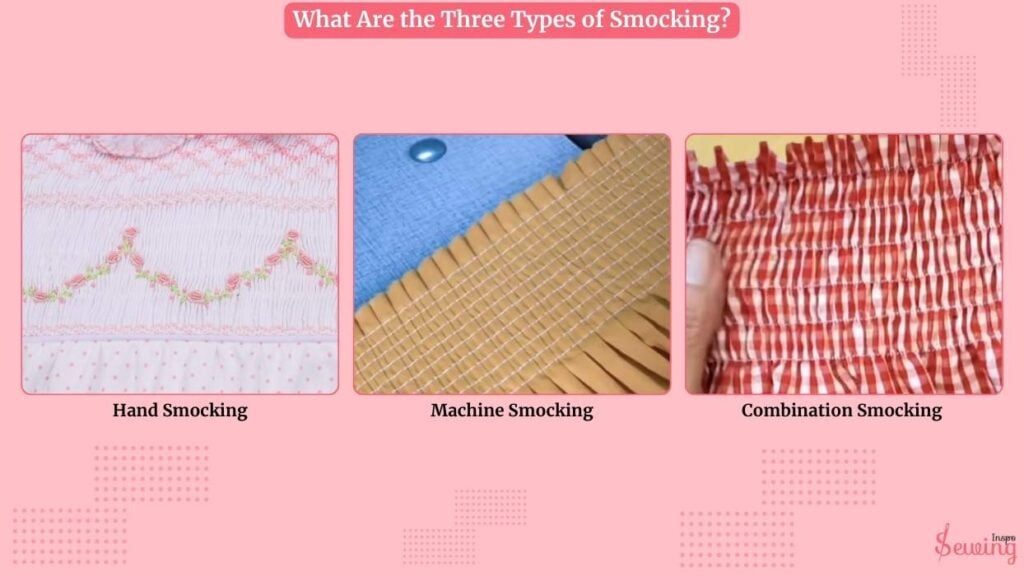
All three primary types of smocking can be done with Cable Stitches, Surface Stitches, and Outline Stitches.
If you do it properly then it can add texture and decorative patterns beautifully
Is Smocking Done By Hand Or Machine?
Smocking can be done both by hand and by machine. It just serves a different purpose than in-
- Hand smocking uses embroidery stitches to gather fabric into decorative pleats.
- Machine smocking is done with elastic thread in the bobbin.
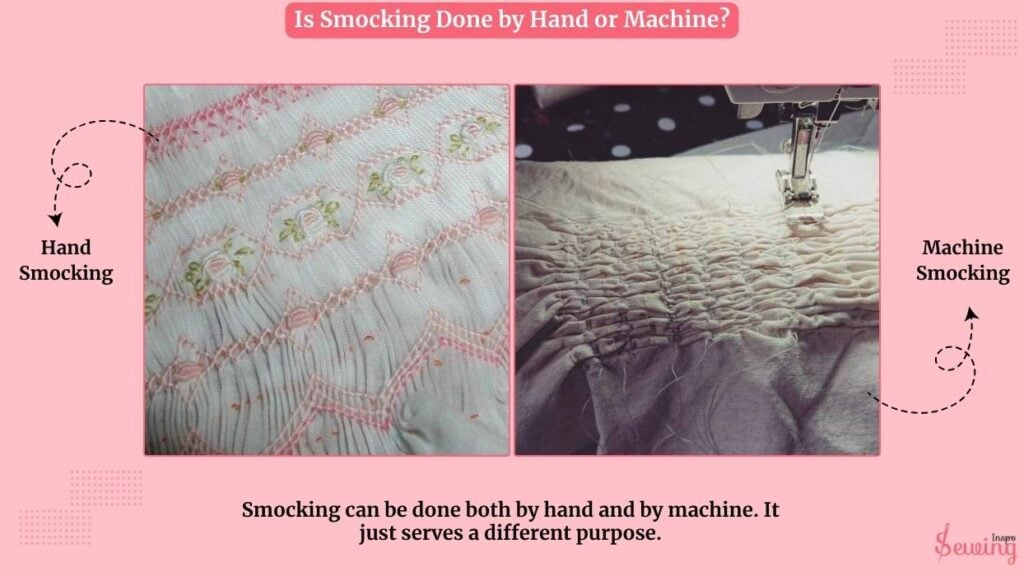
So, the choice depends on whether you want a traditional, detailed finish (hand) or a quick, uniform, elastic effect (machine).
What Does “Hand Smocked” Mean?
“Hand smocked” means the fabric is gathered and stitched entirely by hand, using embroidery stitches to hold the pleats in place.
This gives the fabric a textured, detailed, and slightly irregular look. It makes each piece unique and full of character.

What Is Machine Smocking?
Machine smocking is a technique where fabric is gathered and stitched using a sewing machine. It is often with an elastic thread in the bobbin to do smocked dress.
This creates evenly spaced, stretchy pleats quickly, producing a uniform and elasticized look. That’s how to smock fabric on a sewing machine.
Unlike hand smocking, it’s faster and less detailed, but still adds texture and flexibility to garments.

Machine Smocked Vs Hand Smocked Key Difference
You must have a clear idea of the difference between the two from the above discussion, now, right? But still, I won’t leave you to keep guessing. So basically,
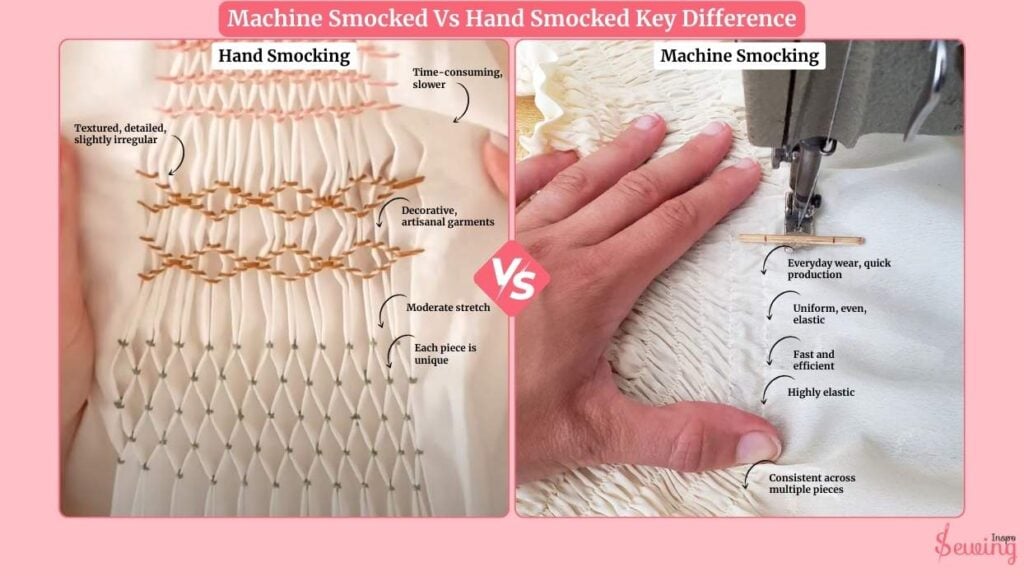
Hand smocking is detailed, textured, and slightly irregular, while machine smocking is uniform, stretchy, and faster to produce.
But rather than that, it also differs in other ways for intense-
| Hand Smocking | Machine Smocking |
| Textured, detailed, slightly irregular | Uniform, even, elastic |
| Time-consuming, slower | Fast and efficient |
| Moderate stretch | Highly elastic |
| Decorative, artisanal garments | Everyday wear, quick production |
| Each piece is unique | Consistent across multiple pieces |
Is Hand Smocking Stretchy?
Yes, hand smocking is slightly stretchy.
But the amount of stretch depends on the stitch type and how tightly the pleats are gathered. It provides flexibility and comfort, though not as much elasticity as machine smocking with elastic thread.
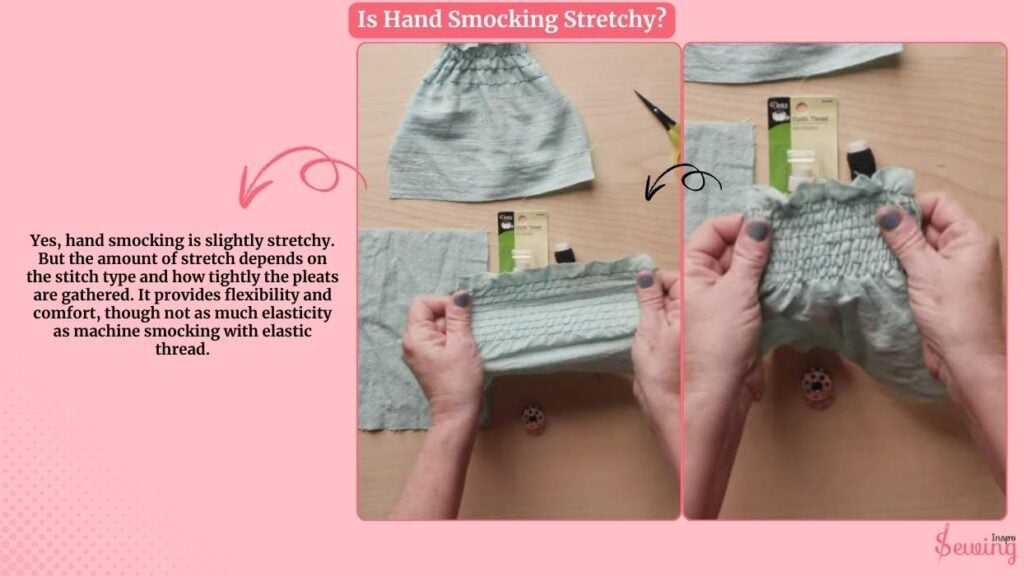
Which Is Better Between Machine Smocked Vs Hand Smocked?
I decided to settle the debate once and for all with a quick survey in my sewing class. I showed everyone samples of machine smocked and hand smocked pieces and asked them to vote based on texture, appearance, and overall appeal.
The results were clear,
- 72% of the class favored hand smocking.
- 28% preferred machine smocking
So, according to my class survey, hand smocking is the best one.
Even I agree with them. I think it is perfect for adding character and personality to garments, even if it takes a little longer to create.
So if you have patience and time on hand, then do hand smocking stitch. It will make your embroidery technique stand out from others.
Frequently Asked Questions
Which one is more stretchy?
Machine smocking is generally stretchier due to the use of elastic threads, while hand smocking has a gentle, moderate stretch depending on stitch type.
Which looks more intricate?
Hand smocking has a more intricate, textured, and personalized appearance, making each piece unique.
Which is faster to make?
Machine smocking is much faster and better for bulk production, while hand smocking is time-consuming but artisanal.
So, Which One Do You Wanna Pick Between Machine Smocked Vs Hand Smocked?
Well, it depends on you.
But if you love charm, texture, and that handcrafted, one-of-a-kind feel, hand-smocking. It can be slow. But totally worth it.
If you’re all about speed, consistency, and stretch for everyday wear, then machine smocking wins.
At the end of the day, it really comes down to whether you want artistry or efficiency. But honestly, both have their own magic.


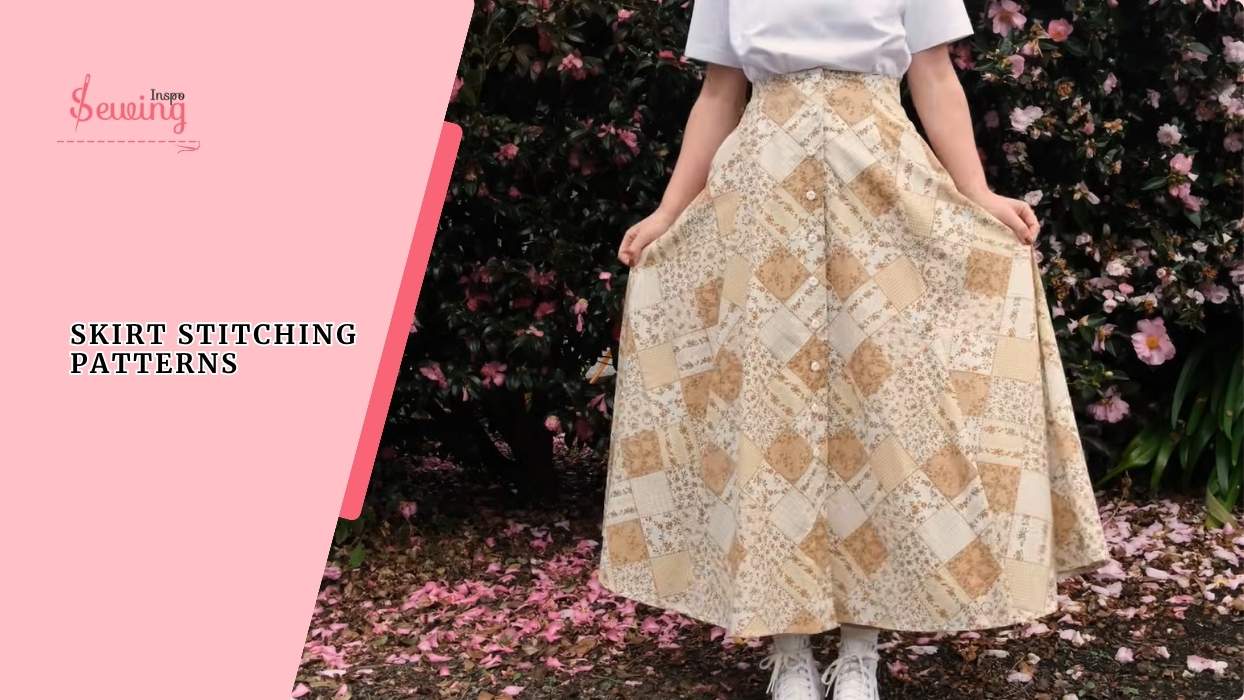
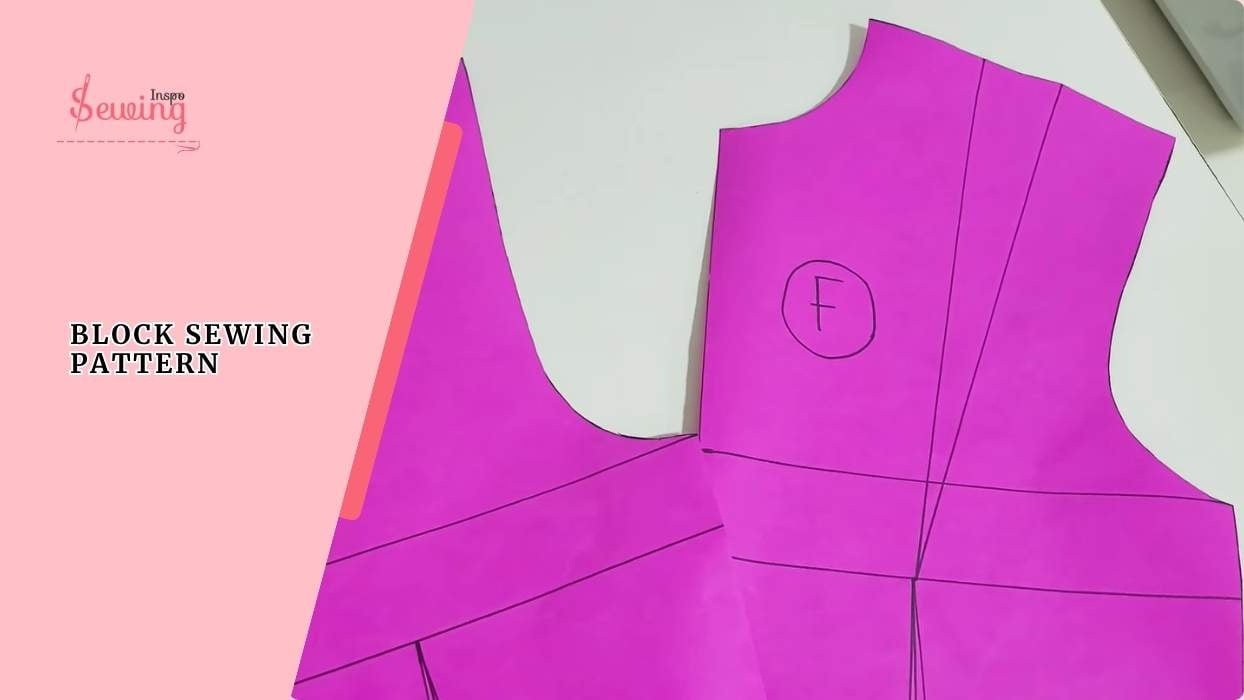
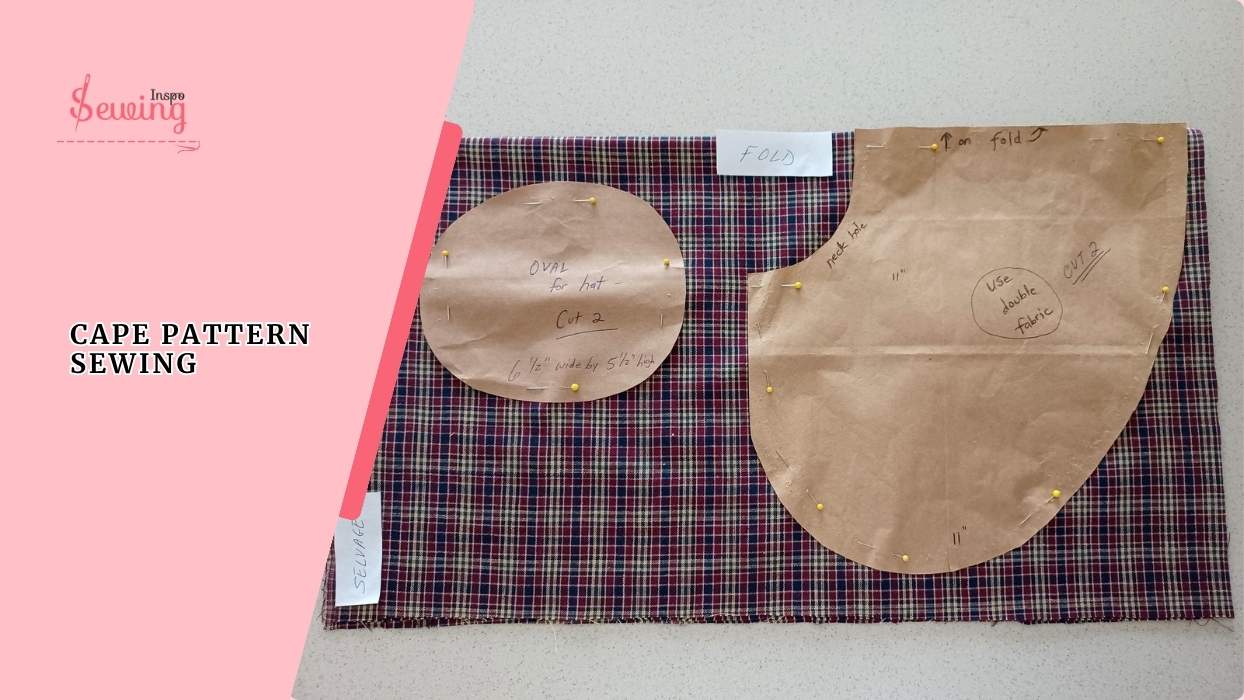
Leave a Reply